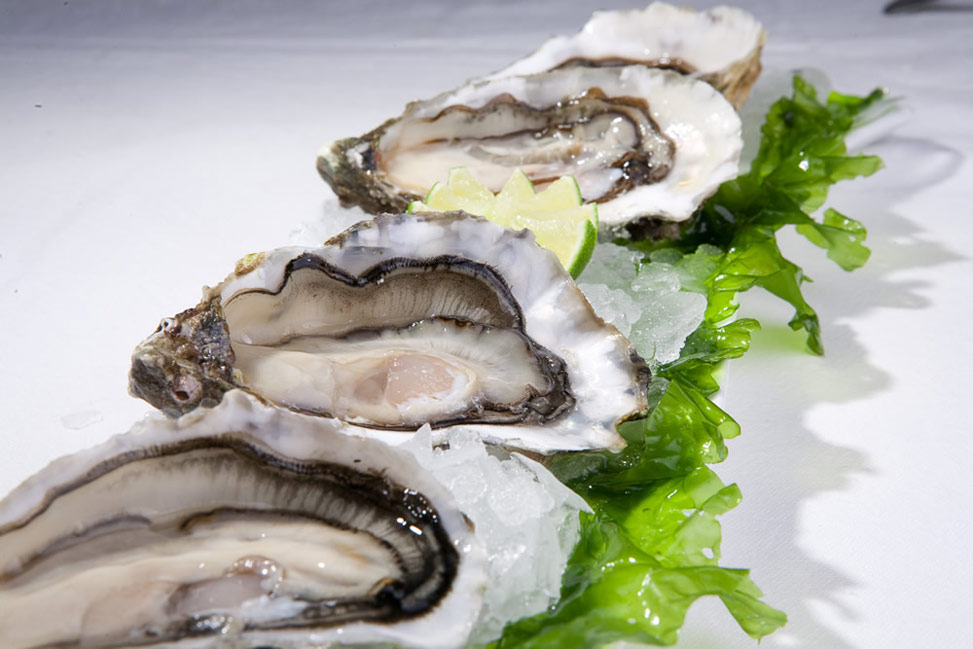I Don’t Want To
Miss A Thing
I could stay awake just to hear you breathing
Watch you smile while you are sleeping
While you’re far away dreaming
I could spend my life in this sweet surrender
I could stay lost in this moment forever
Every moment spent with you is a moment I treasure
[Chorus]
Don’t want to
close my eyes
I don’t want to fall asleep
Cause I’d miss you baby
And I don’t want to miss a thing
Cause even when I dream of you
The sweetest dream will never do
I’d still miss you baby
And I don’t want to miss a thing
Lying close to you feeling your heart beating
And I’m wondering what you’re dreaming
Wondering if it’s me you’re seeing
Then I kiss your eyes
And thank God we’re together
I just want to stay with you in this moment forever
Forever and ever
[Chorus]
I don’t want to miss one smile
I don’t want to miss one kiss
I just want to be with you
Right here with you, just like this
I just want to hold you close
Feel your heart so close to mine
And just stay here in this moment
For all the rest of time
[Chorus]
Don’t want to close my eyes
I don’t want to fall asleep
I don’t want to miss a thing
No Quiero Perderme
Nada
Podría estar despierto sólo para escucharte respirar
Ver tu sonrisa mientras duermes
Mientras estás lejos soñando
Podría emplear mi vida en esta dulce entrega
Me podría perder en este instante eternamente
Cada momento que paso contigo es muy preciado para mí
[Coro]
No quiero cerrar mis ojos
No quiero quedarme dormido
Porque te echaría de menos
Y no quiero perderme nada
Ya que incluso cuando sueño contigo
El más dulce de los sueños no sería suficiente
Aún te echaría de menos cariño
Y no quiero
perderme nada
Tumbado
junto a ti sintiendo tu corazón latir
Y me pregunto qué estás soñando
Me pregunto si soy yo el que ves
Entonces beso tus ojos
Y doy gracias a Dios de que estamos juntos
Tan solo quiero estar contigo en este momento
eternamente
Por siempre y para siempre
[Coro]
No quiero perderme ni una sonrisa
No quiero perderme ni un beso
Tan solo quiero estar contigo
Justo aquí contigo así
Tan solo quiero tenerte cerca de mí
Sentir tu corazón tan cerca del mío
Y quedarme aquí en este momento
El resto de mis días
[Coro]
No quiero cerrar mis ojos
No quiero quedarme dormido
No quiero perderme nada





